Linsbet Labatelol Injection IV
Linsbet Labatelol Injection IV is a rapid-acting antihypertensive medication used to quickly lower blood pressure in emergency situations.
₦3,600.00
Buy NowLinsbet Labatelol Injection IV is a rapid-acting antihypertensive medication used to quickly lower blood pressure in emergency situations. This injectable formulation is administered intravenously by healthcare professionals in hospital settings for immediate blood pressure control.
Uses
Linsbet Labetalol Injection IV is used for: Rapid reduction of blood pressure in hypertensive emergencies Control of perioperative hypertension Management of hypertension in pregnancy (pre-eclampsia and eclampsia)
Benefit
Provides fast and effective blood pressure reduction in emergency situations Offers a dual mechanism of action, acting as both an alpha and beta blocker Helps prevent organ damage and complications associated with severe hypertension Can be used in pregnancy-related hypertensive emergencies
Linsbet Labatelol Injection Dosage
- Initial Dose for Hypertensive Emergencies:
- An initial dose of 20 mg is usually administered over 2 minutes.
- Additional injections of 40 to 80 mg can be given at 10-minute intervals until the desired blood pressure is achieved or a total of 300 mg has been administered.
Linsbet Labetalol Injection IV is administered by healthcare professionals in a hospital setting The dosage is individualized based on the patient’s blood pressure response and clinical condition The initial dose is usually 20 mg administered over 2 minutes, with subsequent doses escalated as needed
Mechanism of Action
Labetalol, the active ingredient in Linsbet Labetalol Injection IV, is a dual alpha and beta blocker. It works by: Blocking alpha-1 receptors, causing vasodilation and reducing peripheral resistance Blocking beta-1 receptors, reducing heart rate and cardiac output The combined effect of these actions leads to a rapid and significant decrease in blood pressure
Side Effects
Common side effects of Linsbet Labetalol Injection IV may include: Dizziness or lightheadedness Nausea and vomiting Fatigue or weakness Headache Scalp tingling or burning sensation
Warning
Linsbet Labatelol Injection IV should only be administered by trained healthcare professionals in a hospital setting Patients with a history of bronchial asthma, severe bradycardia, or heart block should use this medication with caution May cause a sudden and excessive drop in blood pressure, which can lead to dizziness or fainting Should not be used in patients with cardiogenic shock or decompensated heart failure
Important Information
Inform your healthcare provider of any allergies or previous reactions to labetalol or other medications Discuss your complete medical history, including any chronic conditions or medications you are taking After receiving Linsbet Labetalol Injection IV, your blood pressure and heart rate will be closely monitored In case of any adverse reactions or concerns, promptly inform your healthcare provider
How to Use Labetalol Injection
- Administration: Labetalol injection is typically administered intravenously (IV) by a healthcare professional. It can be given either as a slow IV injection or as a continuous IV infusion.
- Monitoring: Patients receiving labetalol injection should be closely monitored for blood pressure, heart rate, and other vital signs during and after administration.
Dosage
The dosage of labetalol injection can vary based on the specific needs of the patient and the clinical scenario. Below are general guidelines:- Initial Dose for Hypertensive Emergencies:
- An initial dose of 20 mg is usually administered over 2 minutes.
- Additional injections of 40 to 80 mg can be given at 10-minute intervals until the desired blood pressure is achieved or a total of 300 mg has been administered.
- Continuous IV Infusion:
- The initial infusion rate is typically 0.5 to 2 mg per minute.
- The rate may be adjusted based on the patient's blood pressure response.
- The total dose should not exceed 300 mg.
- Transition to Oral Therapy:
- Once the patient is stabilized, they can be transitioned to oral labetalol.
- The oral dose is typically started at 200 mg and can be adjusted based on the patient’s response.
Important Considerations
- Medical Supervision: Labetalol injection should be administered under strict medical supervision with facilities available for monitoring cardiac function and blood pressure.
- Contraindications: Labetalol should not be used in patients with certain conditions such as bronchial asthma, overt cardiac failure, greater-than-first-degree heart block, cardiogenic shock, and severe bradycardia.
- Precautions: Use with caution in patients with impaired hepatic function, diabetes, or history of severe allergic reactions.
- Side Effects: Potential side effects include dizziness, fatigue, nausea, scalp tingling, and potential orthostatic hypotension (a sudden drop in blood pressure when standing up).

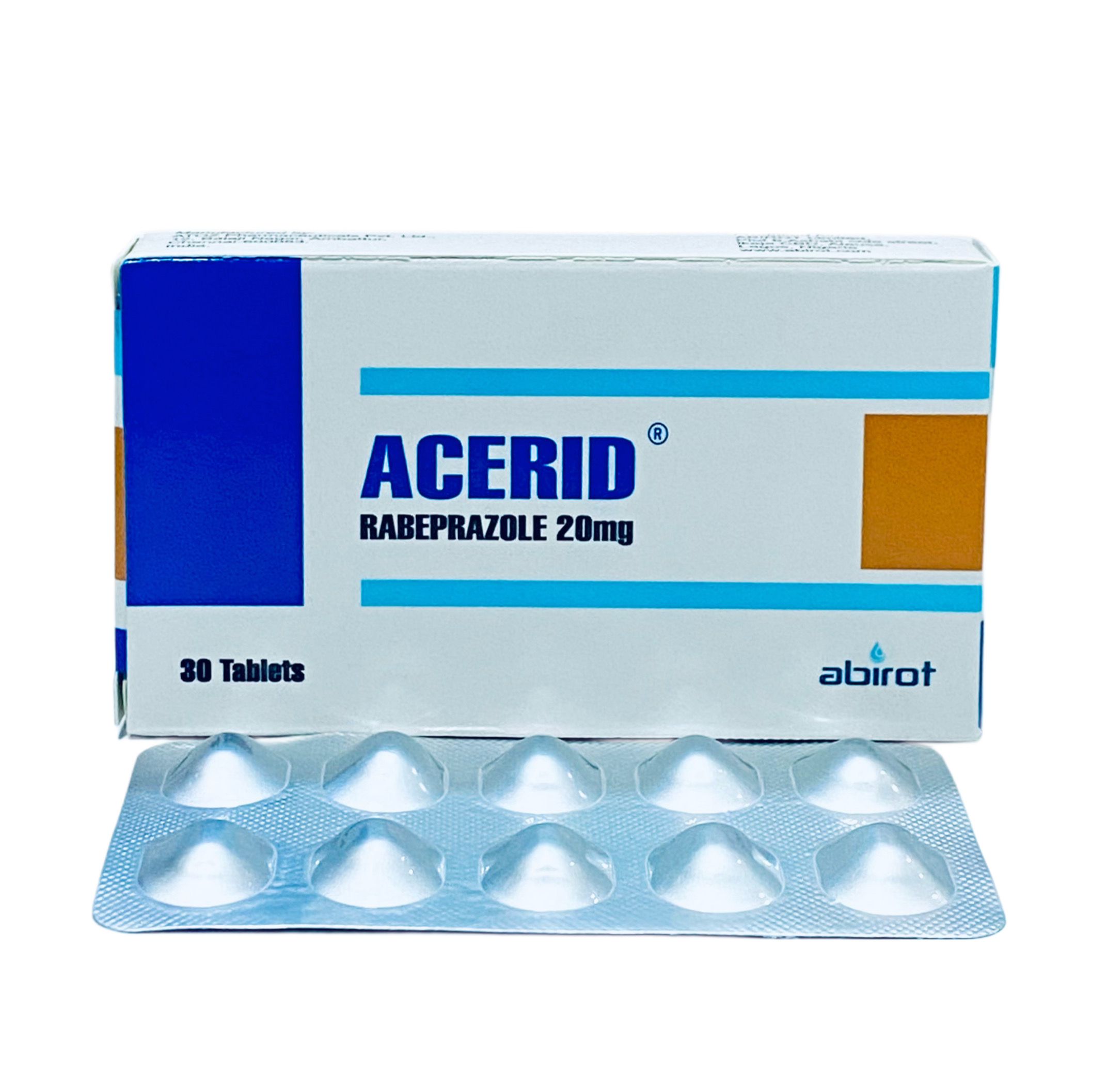



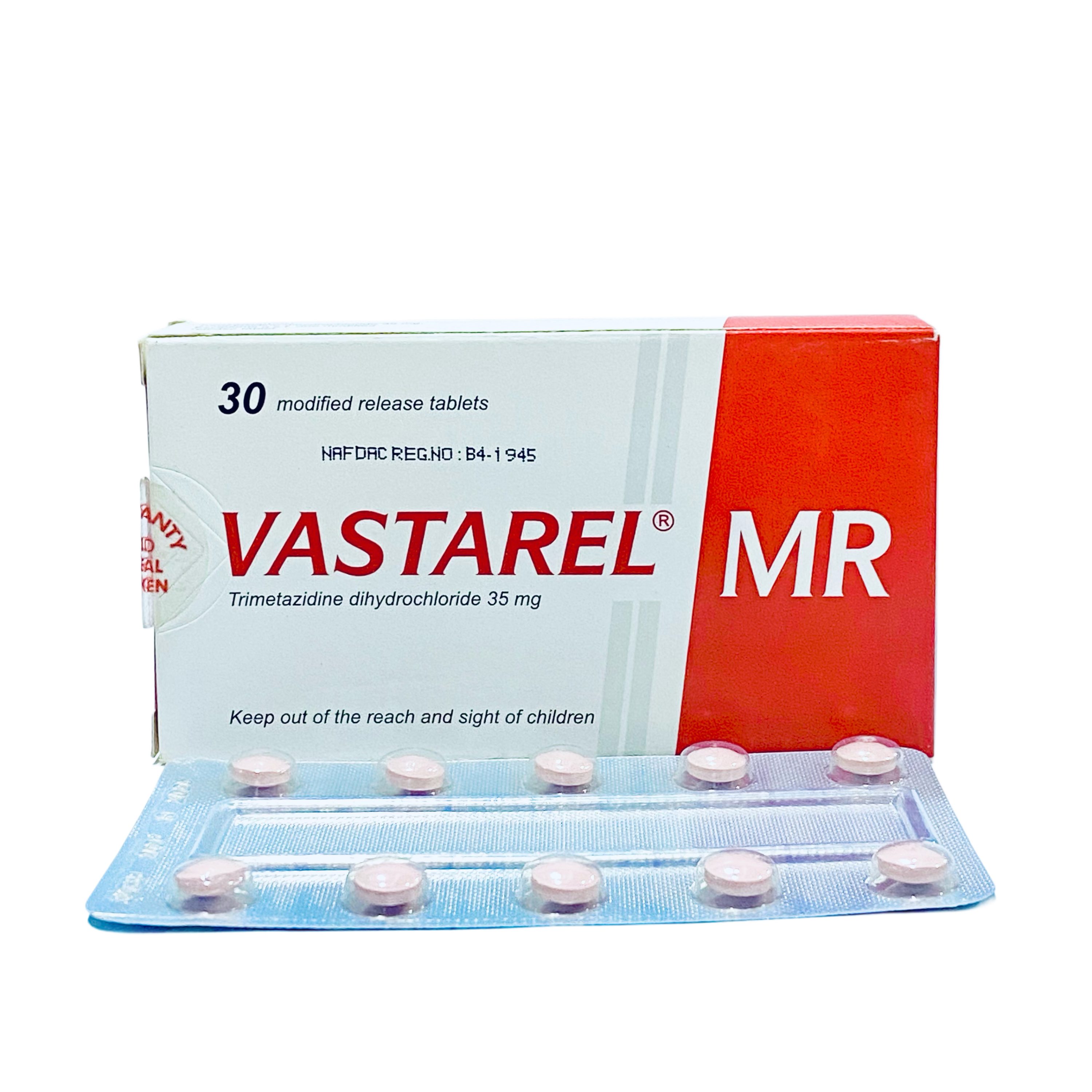
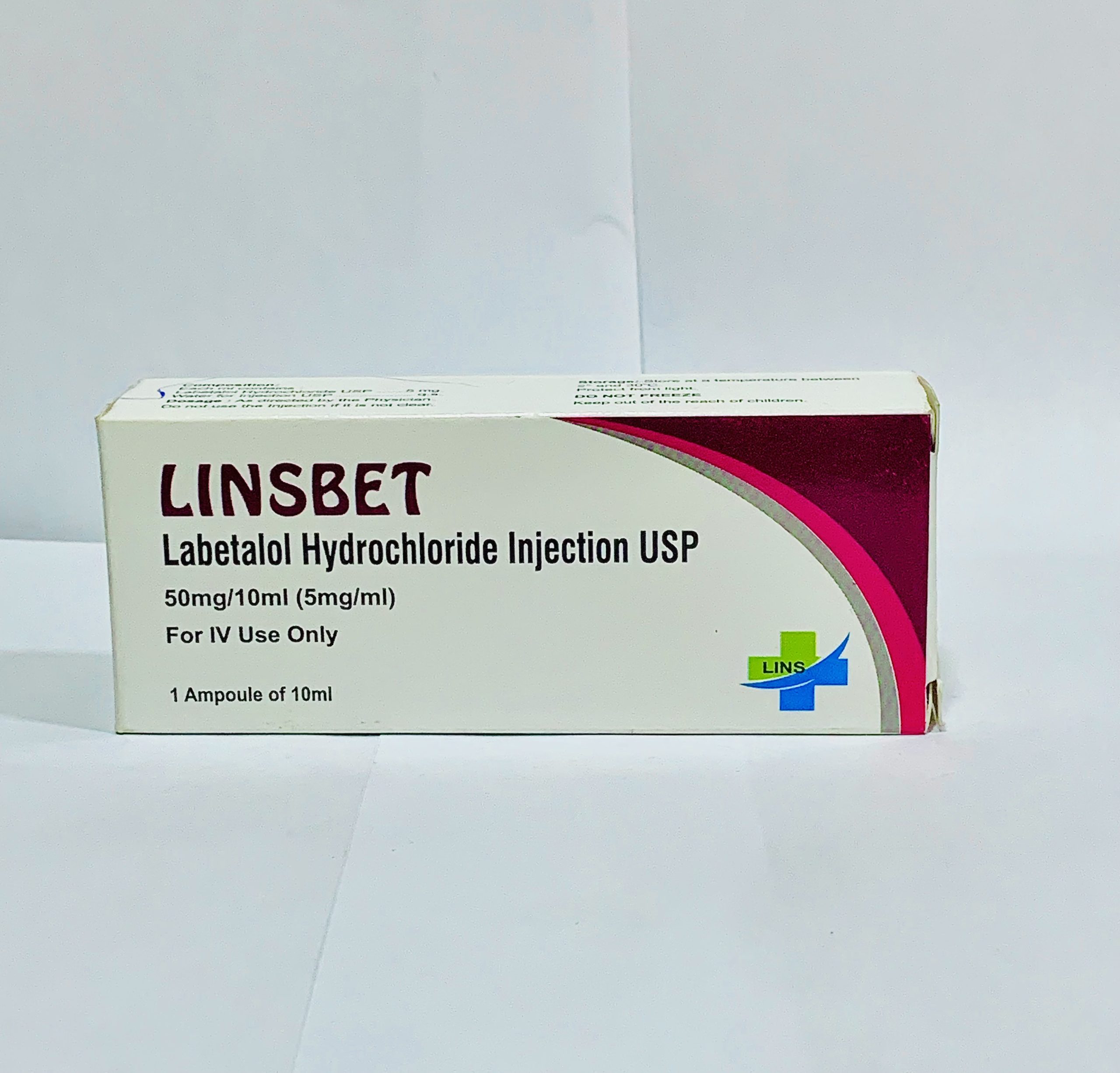
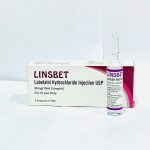


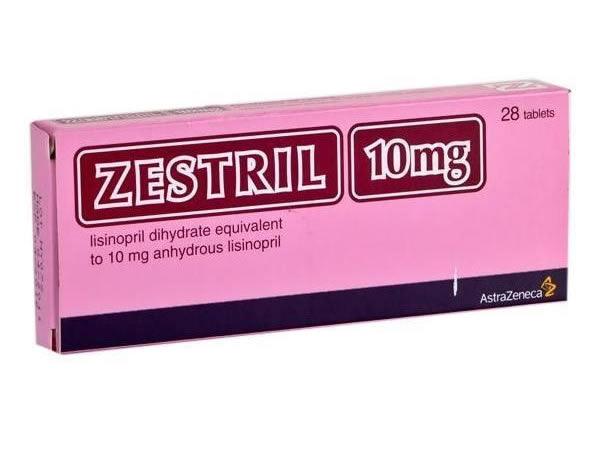


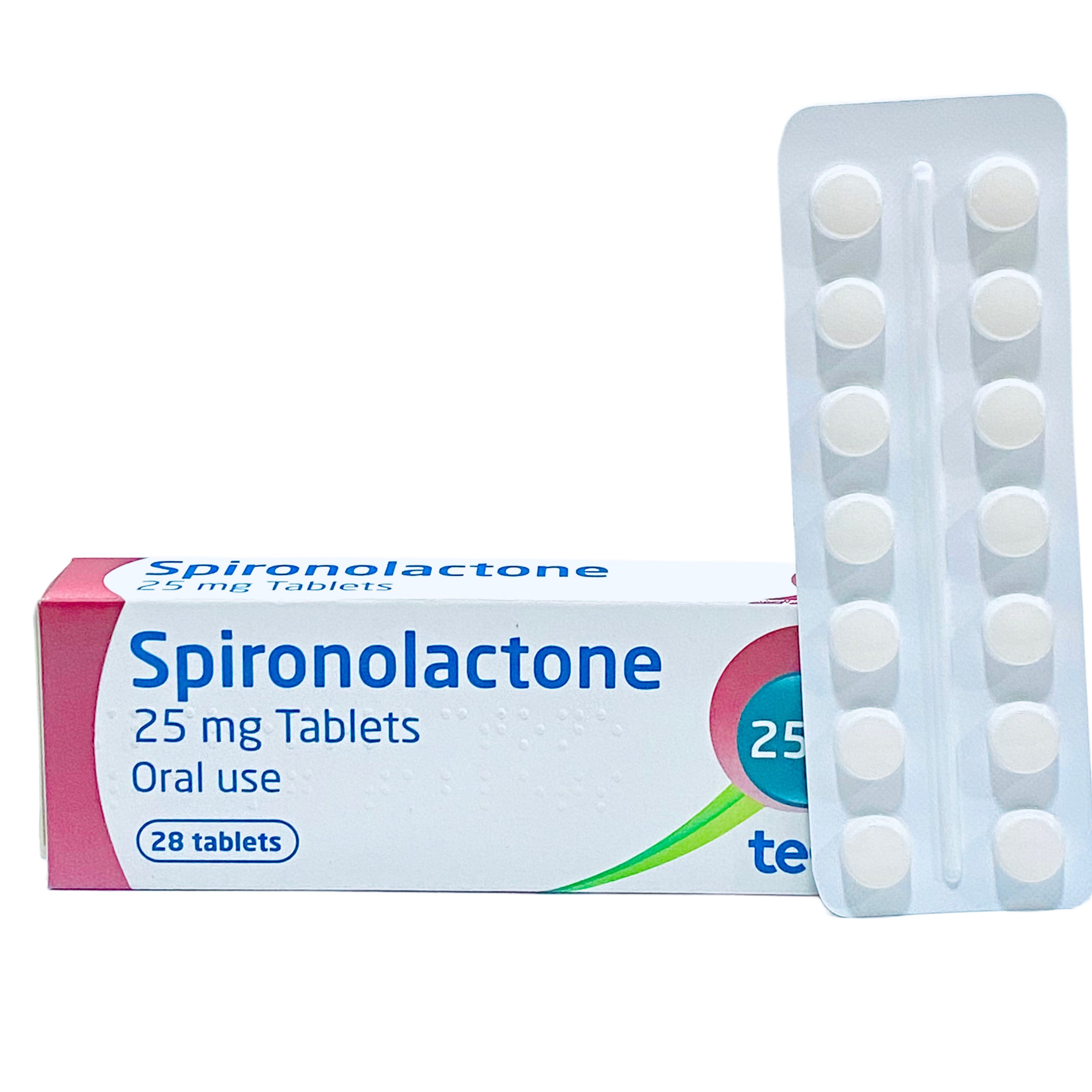
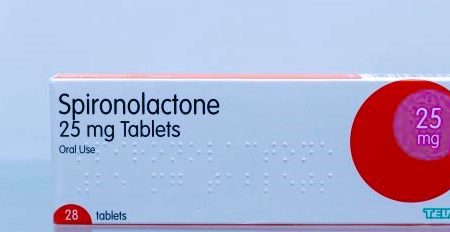



Reviews
There are no reviews yet.